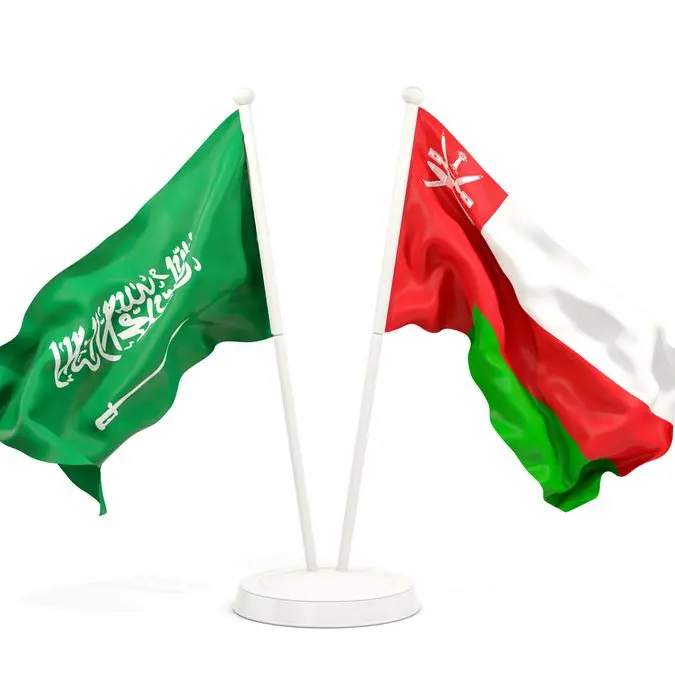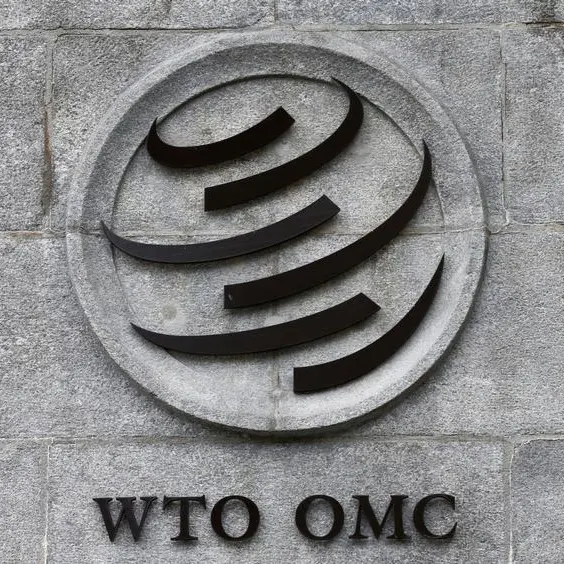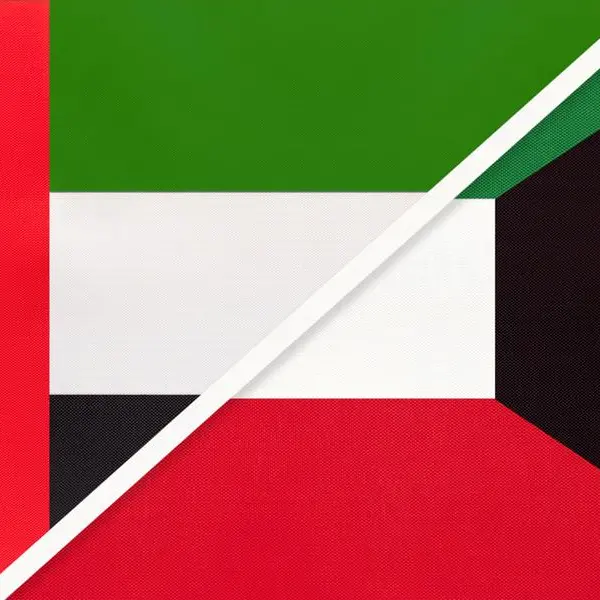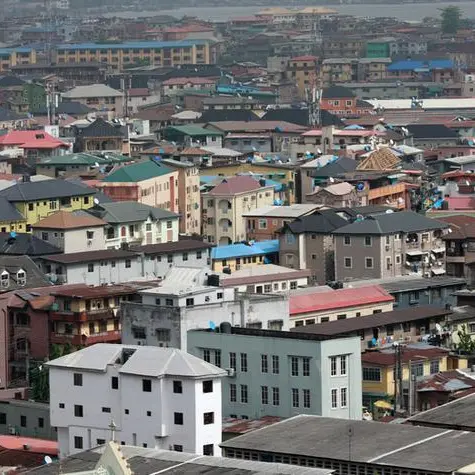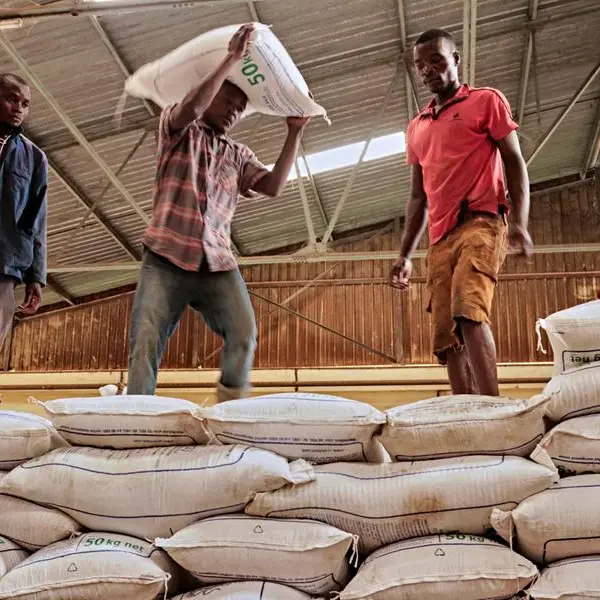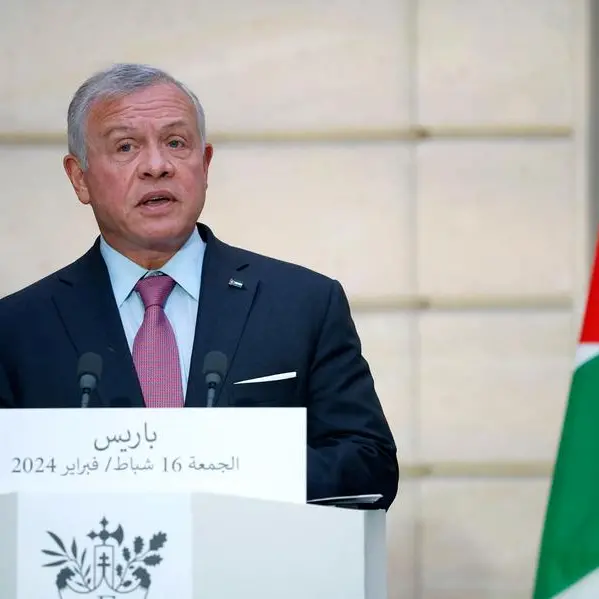PHOTO
A supportive oil market, robust non-oil momentum, strengthening balance sheets and easing tensions are driving a compelling GCC story in 2022, according to a report by MUFG Research.
“The GCC authorities’ aim to realise strategies to structurally transform away from hydrocarbons will continue to gain traction,” said Ehsan Khoman, Head of Emerging Markets Research.
Higher oil prices and production and momentum in non-oil activity, buoyed by rapid vaccination inoculations, will see GDP growth in the regional bloc rise to 6.1 percent in 2022, “not only the fastest pace of cyclical expansion since 2011, but also higher than emerging market peers.”
Higher government revenues and expenditure rationalisations in 2022 budgets strengthens balance sheets and offers greater fiscal capacity to navigate towards a post-pandemic equilibrium that not only improve credit profiles and stabilising sovereign ratings, but reduce new issuances and restricting supply, thus easing debt burdens.
The three key risks to this scenario according to MUFG are: an unexpected decline in oil prices, fiscal slippage, and rising off-budget spending/borrowing
However, the GCC economic recovery will not be linear among the region’s countries given differing policy responses in navigating the twin oil-virus shocks. Saudi Arabia and the UAE will lead real GDP growth in 2022 given the impressive recovery in non-oil GDP, with a rebound in domestic demand, higher investment levels in line with national vision strategies as well as being best-positioned to respond to the global economic recovery.
GCC PMIs are currently leading the developed and emerging market peers as well as the world on the whole, with supply-chain disruptions and input price pressures impacting the region less so than in other parts of the world.
At a country level, Qatar’s PMI leads the region, followed by the UAE and the Saudi Arabia. "The latest PMI data signals that readings remain robust, strengthening our view that rising oil prices and low COVID-19 infection rates are set to deliver a cyclical lift for the region through the winter months," he said.
Varying levels of inflation
However, GCC inflation has not been immune from sharply higher inflation levels since across most economies with Qatar being pressured the most.
Inflation too varies across countries – most countries are in positive levels whilst Dubai and the UAE as a whole continue to register negative inflation rates (mainly due to weaker housing costs).
Saudi Arabia witnessed a sharp temporary rise in its inflation rate from July 2020 to June 2021 given a tripling of VAT to 15 percent.
Higher GCC inflation has the risk of reversing capital flows, driving sovereign spreads higher and squeezing public financing, the report said.
(Writing by Brinda Darasha; editing by Seban Scaria)
Disclaimer: This article is provided for informational purposes only. The content does not provide tax, legal or investment advice or opinion regarding the suitability, value or profitability of any particular security, portfolio or investment strategy. Read our full disclaimer policy here.
© ZAWYA 2022
